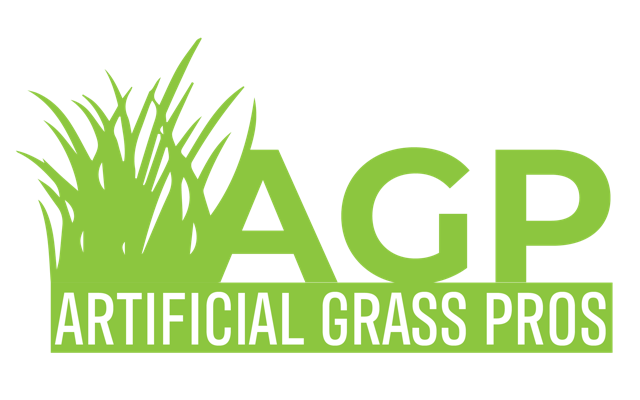Artificial turf is a large surface of synthetic fibers designed to appear like authentic natural grass. It’s
most frequently used in athletic arenas for football or are typically played on natural grass for
outdoor sports. But it has become increasingly popular in residential turf applications and even in
commercial settings, as well. In fact, there are now parks and recreation departments throughout the
U.S. using artificial turf in multiple venues for activities such as baseball, basketball, tennis, and
swimming.
One of the primary reasons for the growing popularity of synthetic turf lies in its ability to withstand
both natural and artificial elements. Synthetic turf offers the same traction, friction, and slip-
resistance of real grass; it also boasts the same non-skid characteristics that are present in natural
grass and that make it ideal for recreational areas. Moreover, synthetic turf has the ability to maintain
proper moisture content even in extreme temperatures. This ensures that the turf can sustain the
maximum amount of wear and tear without the development of any unsightly, even mildew. In
addition, it’s resistant to heat stress, which makes it an ideal material for athletic fields and hot tubs.
Another significant factor that makes synthetic turf more appealing to many consumers is its
availability. While natural grass can be found in most sporting fields, they are usually costly and/or
difficult to install. Moreover, installing natural grass requires the digging of deep ditches, which
increases the overall cost of sports fields. In contrast, synthetic turf can be installed with less effort,
and it provides a seamless, flat surface that is easier to install and maintain. This ease of installation
has resulted in the increasing popularity of synthetic turf athletic fields.
Another benefit to synthetic turf fields lies in their ability to withstand extreme temperatures. Unlike
natural grass, the synthetic surface temperature does not change much throughout the day. On the
other hand, natural grass tends to respond to changing temperatures by growing faster or changing
color. Synthetic fibers do not grow or change color when exposed to different outdoor temperatures.
However, synthetic fibers will typically turn gray if exposed to extreme temperature changes, such as
those caused by excessive sunlight or overheating during hot summer months.
Synthetic Turf also allows for a more efficient use of fertilizer. Unlike natural grass, the chemical and
biological makeup of synthetic materials limits the amount of nutrients that can be used per unit
area. This feature allows for the consistent application of fertilizers throughout the season and
promotes a consistent, natural look. Furthermore, biological turf requires the least amount of
maintenance and is environmentally friendly compared to most manufactured fertilizers. Because of
these benefits, a large number of homeowners and sports facilities have switched from natural grass
to synthetic turf because of the high level of ease of maintenance and functionality.
A major benefit of using chemical and biological turf systems is the lack of harmful chemicals and
harmful waste products. The amount of water needed for watering rubber fields is significantly less
than that required for traditional lawn care methods. Traditional irrigation systems require hundreds
of gallons of water per day for normal lawn maintenance, which can make the water appear more
polluted, especially near bodies of water. Artificial grass does not use water, so fields do not become
dirty nor do they appear dirty. In fact, washing rubberized fields is nearly non-existent, compared to
washing a natural lawn.
For more info, look into our blogs!

Recent Comments